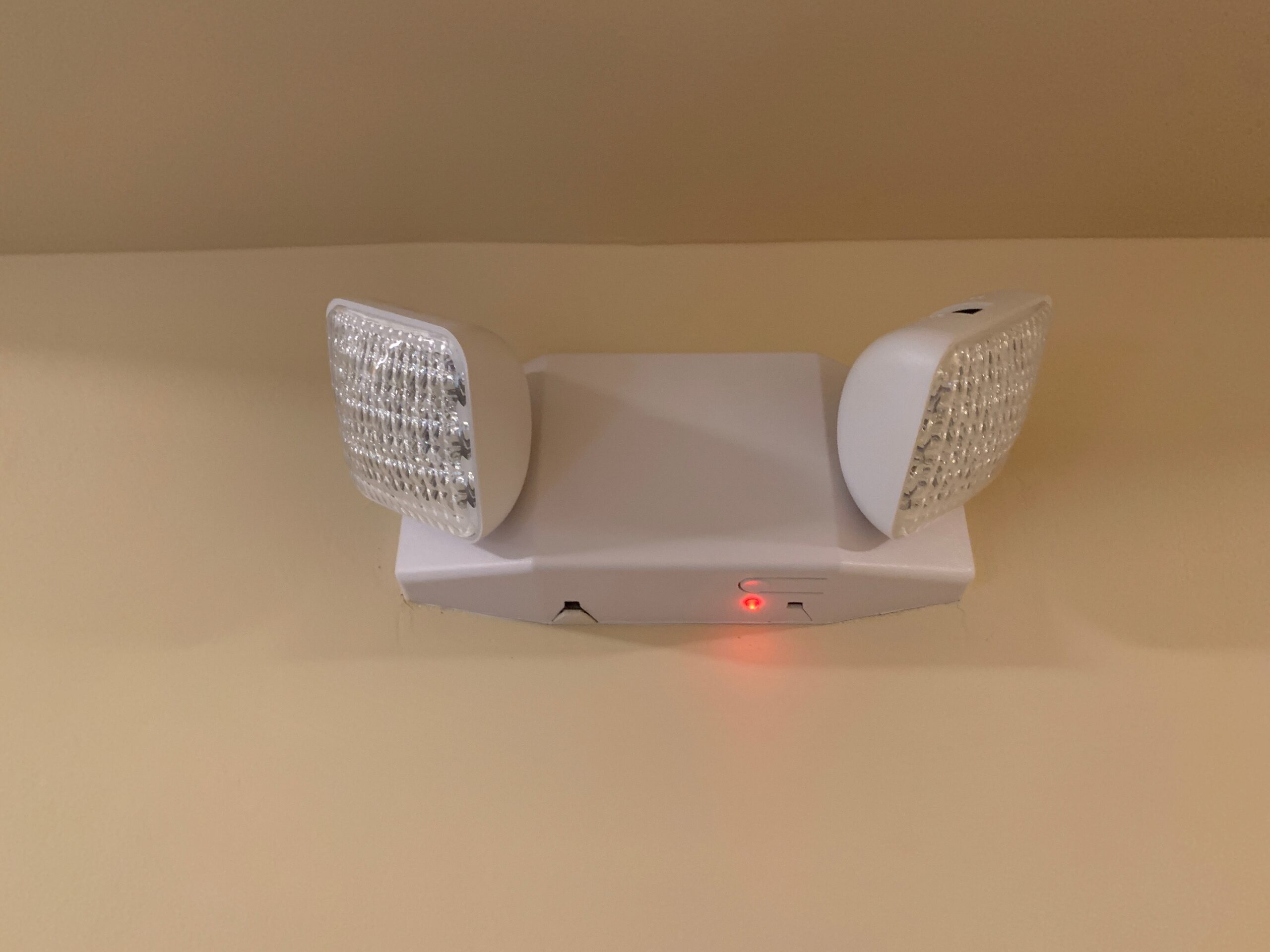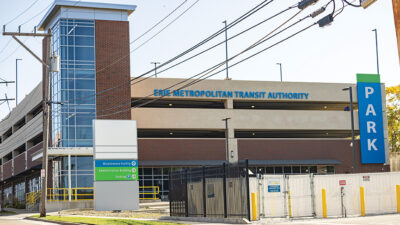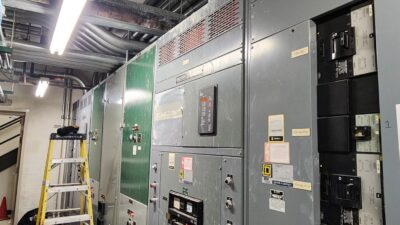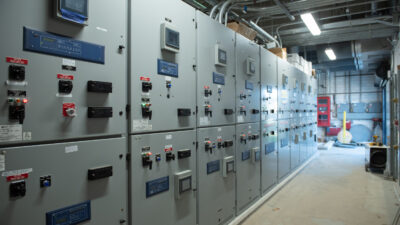An existing residential facility in Texas added a standby generator to serve its entire load during utility outages.

The facility was a 20-year-old independent living community, intended for generally healthy persons 55 years and older and capable of taking reasoned action for self-preservation. The NFPA 110: Standard for Emergency and Standby Power Systems occupancy was Chapter 30, Existing Apartment Building and the International Building Code occupancy was R-2, multiple dwelling units for primarily permanent residents.
No generator was required for this occupancy and none was initially provided. The facility included 240 residential units, kitchen and dining areas, office spaces and assembly spaces. The building was fully protected by an automatic sprinkler system.
Emergency lighting was provided in corridors, stairwells and other spaces where required using battery-powered lighting units. In corridors and assembly areas, those units consisted of downlights with batteries, along with equipment for battery status indications and test switches. In back-of-the-house spaces, such as stairwells, battery-powered strip fixtures were installed. Gypsum ceilings were installed in all public spaces.
The impetus for the addition of a whole-building generator was an extended power outage associated with a severe winter storm in 2019 in which residents evacuated with difficulty to temporary housing, which was locally in short supply. The facility contracted with an energy services firm to provide financing, design and construction for the project and to provide ongoing maintenance and management of the generator. The energy firm realized additional revenue from the generator’s participation in the local electric utility’s demand-response program by energizing the generator at the utility’s signal and transferring the building load from the utility to the generator to relieve the utility during power shortages.
The facility explored the option of installing the generator as a Level 1 system with an emergency transfer switch and a second, larger switch for optional loads. Under this option, it would be possible to move emergency lighting to the generator, eliminating a sizable number of luminaire batteries along with their associated maintenance burden.
However, the existing emergency lights had been installed on the same circuits as the normal lighting serving the area, as required for unit equipment (NFPA 70: National Electrical Code (NEC) 700.12(H)(2)(2)). To circuit the existing emergency fixtures to the generator would require opening and repairing almost a mile of gypsum ceiling and installing almost a mile of new circuit.
Establishing an emergency system would require a second transfer switch with bypass isolation (NEC 700.5(B), 700.5(F)) and a second generator breaker to achieve selective coordination, along with other equipment and wiring. The simple expedient of connecting all the lighting in egress paths to the emergency system was precluded by the specific NEC prohibition against serving any lamps other than those required for emergency use (700.15).
The existing emergency lighting was left in service. The generator was installed to serve optional loads, with a single transfer switch for the entire building load. The existing emergency lighting system remains in place with its attendant maintenance requirements. In practice, batteries provide illumination for only a few seconds after loss of utility power until the generator restores power to the building.




